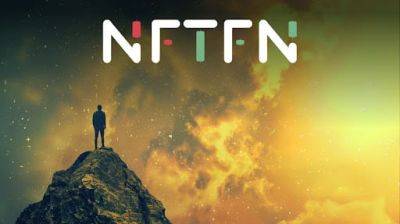U.S. Regulators Can Influence Tether’s Offshore Usage: JPMorgan
Tether’s (USDT) dominant position as the largest stablecoin faces regulatory challenges and risks from various authorities and jurisdictions as they seek to impose more transparency and compliance on stablecoins.
The stablecoin is vulnerable due to its dependence on the American market and pending regulations. Despite Tether’s headquarters not being based in the U.S., regulators can exert influence over its offshore usage through the Office of Foreign Assets Control (OFAC), JPMorgan (JPM) said in a research report Thursday.
In a recent research report issued on Thursday, JPMorgan (JPM) analysts shed light on the extent of control American authorities can exert over Tether, the issuer of the widely used stablecoin USDT. Despite Tether’s status as a non-U.S. entity, the Office of Foreign Assets Control (OFAC), a unit of the U.S. Treasury Department, holds sway over its operations, impacting its offshore usage and regulatory compliance.
Analysts led by Nikolaos Panigirtzoglou warned that forthcoming stablecoin regulations would likely exert “indirect pressure” on Tether, reducing its attractiveness relative to stablecoins that demonstrate greater transparency and compliance with new regulatory standards such as Know Your Customer (KYC) and Anti-Money Laundering (AML) regulations.
Tether has faced mounting pressure to enhance transparency regarding its reserve holdings and has made efforts towards publishing real-time data. However, JPMorgan expressed scepticism, stating that the latest disclosures by the stablecoin issuer were insufficient to alleviate concerns. This pressure would extend to decentralized finance (DeFi) platforms, where USDT serves as a primary source of collateral and liquidity.
The report
Read more on cryptonews.com





















